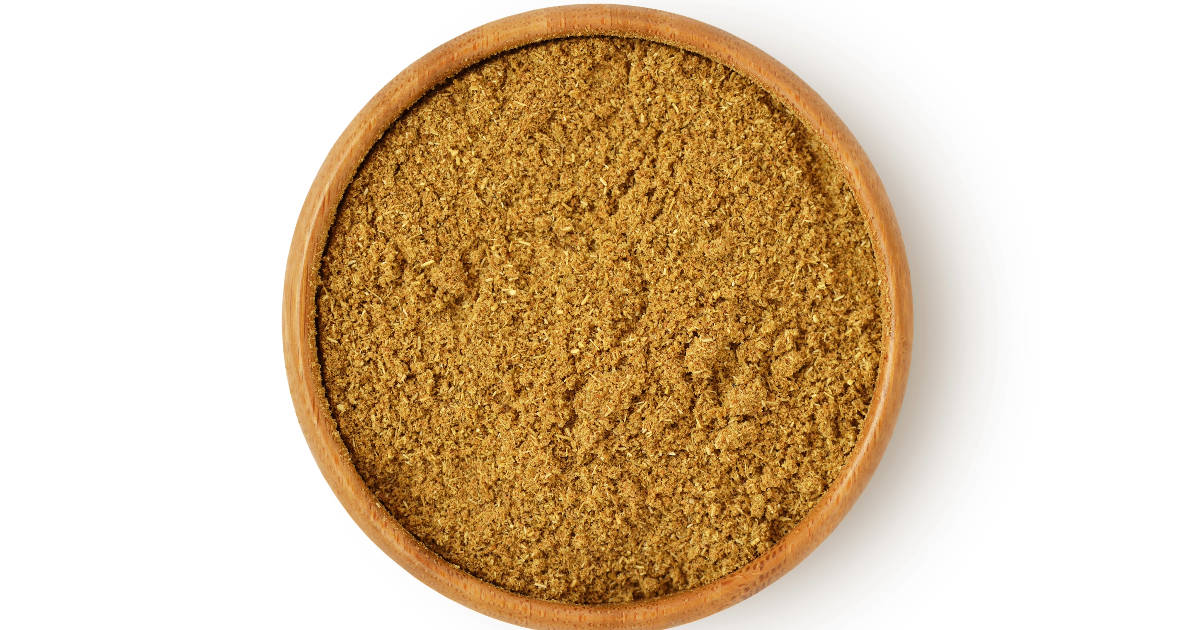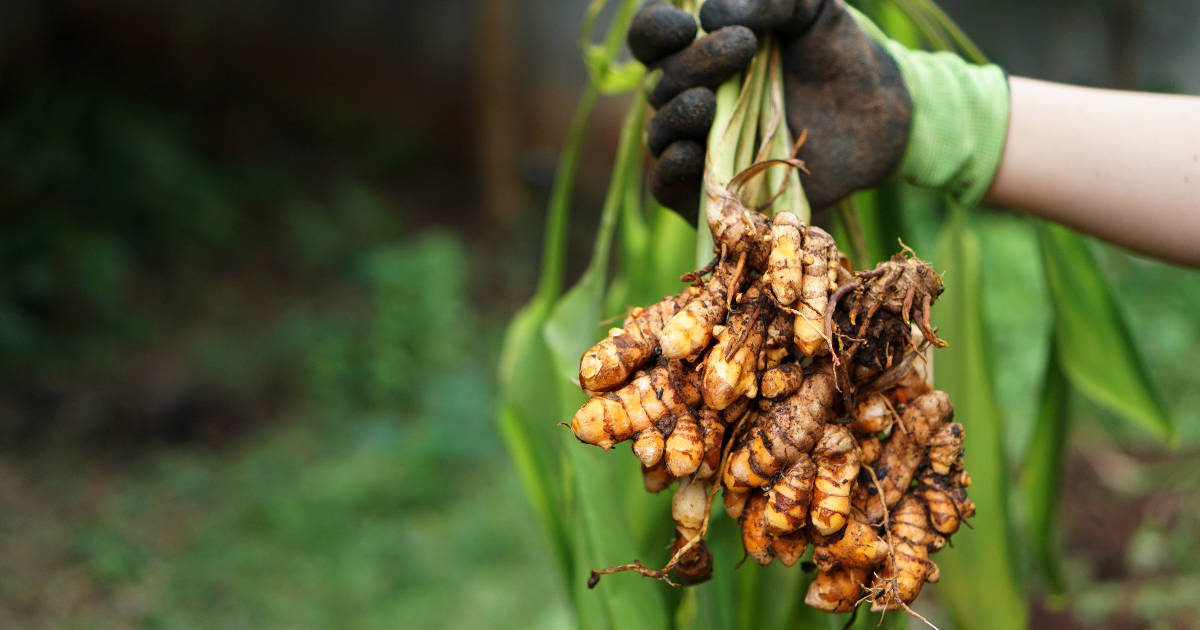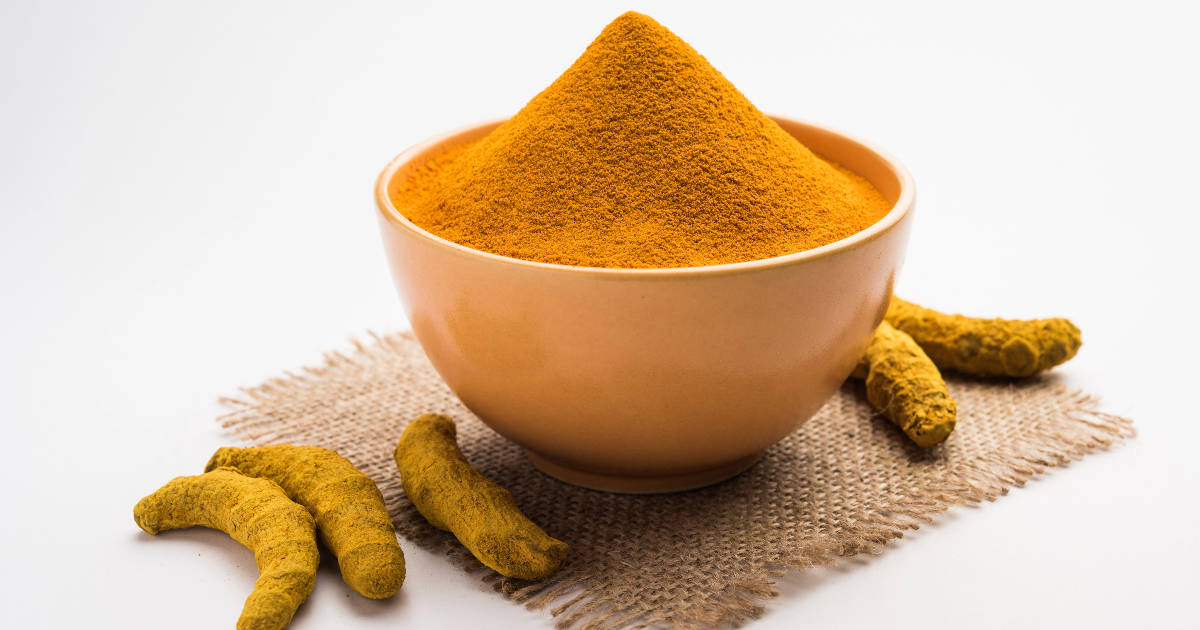Cumin and turmeric are two of the most popular spices used in cooking. Both are common ingredients in Indian, Middle Eastern, and Southeast Asian cuisines.

While they share some similarities, there are also key differences between cumin powder and turmeric powder when it comes to their origins, flavors, uses in cooking, nutritional benefits, and more.
Origins and Sources

Cumin comes from the dried seed of the Cuminum cyminum plant which is part of the parsley family. It is native to the Mediterranean region but is also grown in India, China, and parts of Latin America today. The small dried seeds are yellowish-brown in color yet turn a warm brown when ground into a powder.
Turmeric comes from the root of the Curcuma longa plant which is part of the ginger family. Native to Southeast Asia and India, it also grows in tropical areas of China, Indonesia, and Peru now. The roots are dried and ground to produce the bright yellow powder commonly used in cooking.
Both cumin and turmeric powders are widely available at grocery stores, specialty markets, and online spice retailers. Turmeric may be slightly more expensive, particularly if seeking organic varieties.
Flavor Profiles
The flavors of cumin and turmeric powders differ noticeably:
- Cumin has an intense, warm, earthy, and nutty taste with slight bitterness. It also has a spicy, peppery aroma.
- Turmeric is mild, bitter, and earthy, with subtle notes of citrus, ginger, and pepper. Its flavor is not as pungent as cumin.
Dry roasting cumin seeds before grinding them helps intensify their flavor, while turmeric develops more complexity and aroma when cooked.
Uses in Cooking
Both cumin and turmeric powders are incredibly versatile:
- Cumin is a primary spice in Indian, Mexican, Middle Eastern, and North African cuisines. It adds robust flavor to curries, tacos, chili, stews, breads, rice dishes, meats, vegetables, cheeses, and more.
- Turmeric is essential in Indian, Southeast Asian, and Persian cuisines. It lends its vivid golden color and earthy flavor to curries, rice, lentils, soups, marinades, pickles, stews, and vegetable dishes.
Cumin works well when toasted and then ground. Turmeric develops its flavor best when cooked briefly in oil. Both spices are commonly used in spice rubs, marinades, and drinks too.
While their flavors complement one another, cumin and turmeric should not be substituted for one another in recipes.
Nutrition and Health Benefits
Though small servings of spices don't provide huge nutritional value, cumin and turmeric offer some key benefits:
- Cumin has antioxidants, iron, magnesium, manganese, and other minerals. It may aid digestion, improve immunity, lower blood sugar, and reduce inflammation.
- Turmeric contains the antioxidant curcumin. It has anti-inflammatory, antimicrobial, and liver-protecting effects and may help lower heart disease and diabetes risk.
Consuming excessive amounts of either spice could potentially cause gastrointestinal discomfort in some individuals. Overall, incorporating both into a balanced diet can provide health advantages.
Availability and Cost
Thanks to their popularity, both cumin powder and turmeric powder are widely available at supermarkets and specialty markets. They can also easily be purchased online through spice retailers.
Cumin is typically more affordable while turmeric, especially organic varieties, has a slightly higher cost. However, both offer plenty of flavor and versatility for minimal cost.
How to Cook with Cumin Powder
Here are some easy ways to use cumin powder in your cooking:
- Make tacos, fajitas, chili, and Mexican rice dishes. Cumin adds an authentic, warm flavor.
- Add 1-2 teaspoons to curries, lentil soups, and stews. It provides an earthy, robust layer of flavor.
- Use in spice rubs and marinades for meats, poultry, fish, and vegetables. The aroma enhances grilled foods.
- Mix into hummus, tzatziki, guacamole, and yogurt dips. It provides a tasty, peppery undertone.
- Sprinkle on eggs, toast, popcorn, cheese, and roasted nuts and seeds. It adds warmth and complexity.
- Bake into bread, biscuits, muffins, pancakes, and other flour-based goods. The nutty taste pairs well with baked goods.
Cooking with Turmeric Powder

Turmeric powder can upgrade the flavor, color, and nutrition of many dishes:
- Blend it into rice, lentils, and quinoa for visual and tasty appeal. It adds warmth and beautiful golden hues.
- Mix with yogurt and use as a marinade for meats. Turmeric's mild flavor infuses flavor and bold color.
- Add to soups, stews, and broths. Turmeric enhances the flavor and gives a rich golden color.
- Whisk into salad dressings, dips, and mayonnaise. The earthy taste and vibrance complement greens and vegetables.
- Make golden milk or tea. Simmering turmeric in hot milk or water brings out its warming, earthy qualities.
- Use in place of saffron. Turmeric offers similar vibrant yellow coloring at a fraction of the price.
FAQs
Can cumin and turmeric be substituted for one another?
No, cumin and turmeric cannot be substituted for one another in recipes due to their very different flavors and appearances. Using one in place of the other will alter the dish's intended taste and color.
Which spice has more health benefits?
Both cumin and turmeric offer health benefits, but turmeric contains the powerful antioxidant curcumin. Extensive research shows curcumin has exceptional anti-inflammatory, antimicrobial, and disease-preventing properties.
What cuisine uses cumin powder the most?
Cumin is an essential spice in Indian, Mexican, Middle Eastern, and North African cuisine. It adds a warm, earthy flavor to many of their signature dishes.
What cuisine uses turmeric powder the most?
Turmeric is integral to Indian, Southeast Asian, and Persian cuisines. It lends its distinctive earthy, bitter notes and golden hue to many traditional dishes.
Can I use cumin and turmeric together?
Yes, cumin and turmeric complement each other beautifully in many dishes. Using both can provide layers of flavor and color. Many curries, stews, and rice dishes call for both spices.
How do I store cumin and turmeric powder?
Store both spices in airtight containers away from sunlight and heat. Kept dry and cool, they will retain their freshness for up to 3-4 years. Refrigeration can also prolong shelf life.
Why does turmeric stain?
The vibrant yellow pigments that give turmeric its coloring have strong dying capabilities and can permanently stain porous materials like wood, plastic, and fabric. Avoid spilling it and clean it up promptly with soap and warm water if needed.
Conclusion
While both are valued for their flavor and health benefits, cumin and turmeric differ significantly in taste, appearance, and ideal uses. Cumin has a potent, spicy earthiness, while turmeric is more mellow and subtly bitter.
Each spice has its own role to play in global cuisines. Incorporating both into a balanced diet can provide nutritional advantages and delicious flavor combinations.

